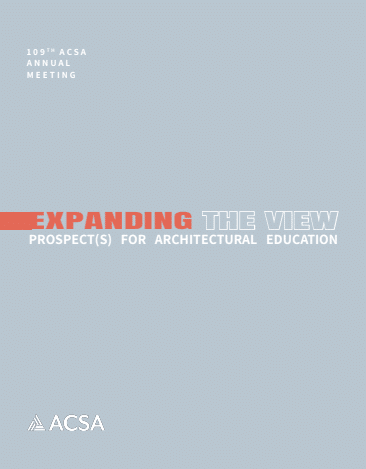Author(s): Shaurya Chauhan & Sagar Gupta
Prominent urbanizing centres across the globe like Delhi, Dhaka or Manila have exhibited that development often faces a challenge in bridging the gap among the top-down collective requirements of the city and the bottom-up individual aspirations. When this exclusion is intertwined with rapid urbanization and diversifying urban demography: unplanned sprawl, poor planning and low-density development emerge as automated responses. In parallel, new ideas and methods of densification and public participation are being widely adopted as sustainable alternatives for the future of urban development. This research advocates a collaborative design method for future development: one that allows rapid application with its prototypical nature and an inclusive approach with mediation between the ‘user’ and the ‘urban’, purely with the use of empirical tools. Building upon principles of ‘open-sourcing’ in design, the research establishes a context-responsive ‘open source development framework’ that can be used for on-ground applications. In its process, the research has referred to the Sarojini Nagar large-scale redevelopment in the core of New Delhi as a field experiment – a case that encompasses extreme physical, demographic and economic diversity. This framework is used for a simulated model development at five prevalent scales in design: master planning, urban design, architecture, tectonics and modularity, in a chronological manner. At each of these scales, the possible approaches for open-sourcing are identified and validated, through hit-&-trial, and subsequently recorded. Over the five-step framework, a two-part subsidiary process is also suggested after each cycle of application, for continued appraisal and refinement. The research is an exploration – of the possibilities for an architect – to re-calibrate the architectural design process and make it more responsive and people-centric, to assume the role of a creator for a dynamic and responsive development framework.
https://doi.org/10.35483/ACSA.AM.109.95
Volume Editors
ISBN
978-1-944214-37-1

 Study Architecture
Study Architecture  ProPEL
ProPEL 
